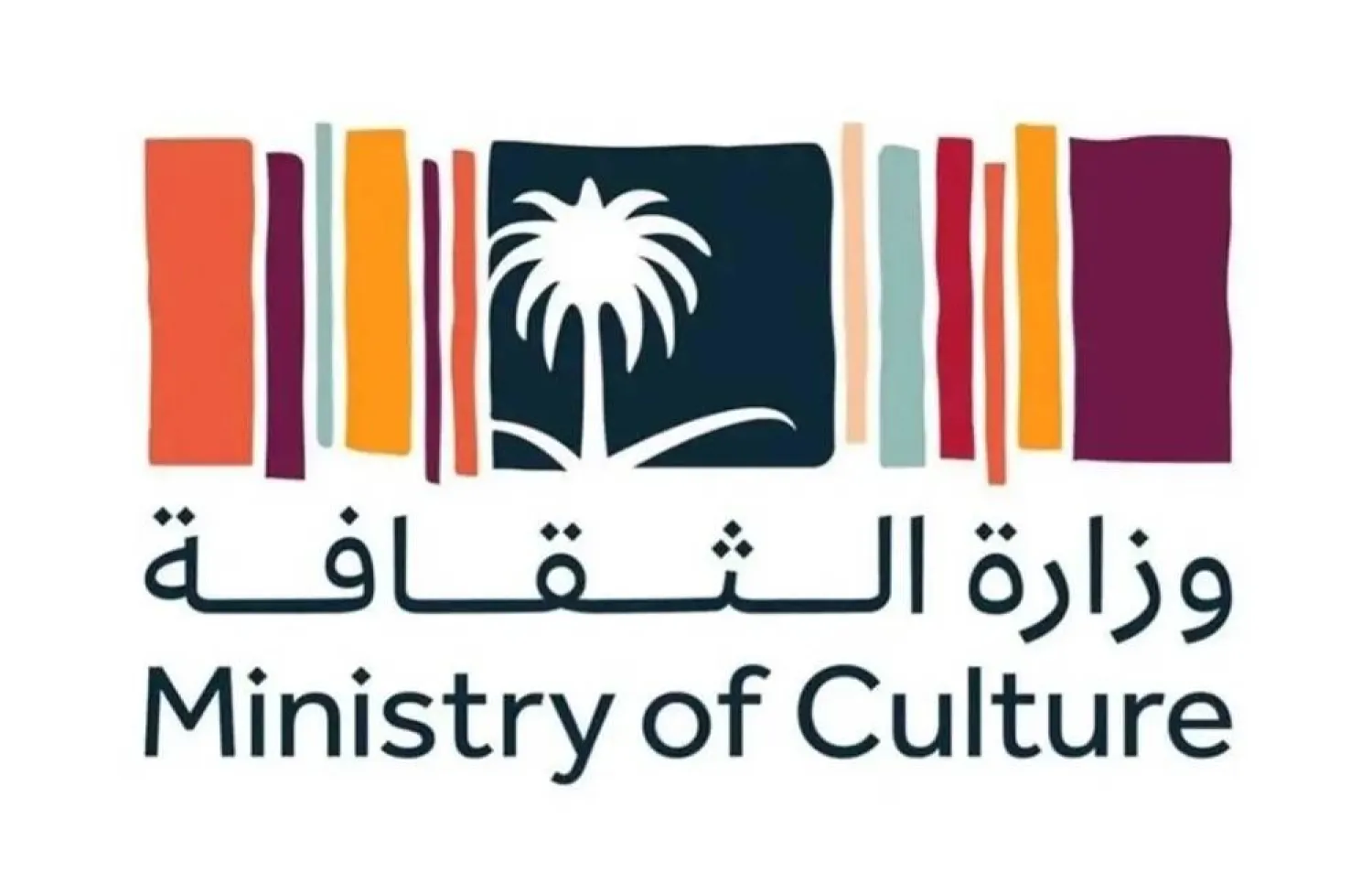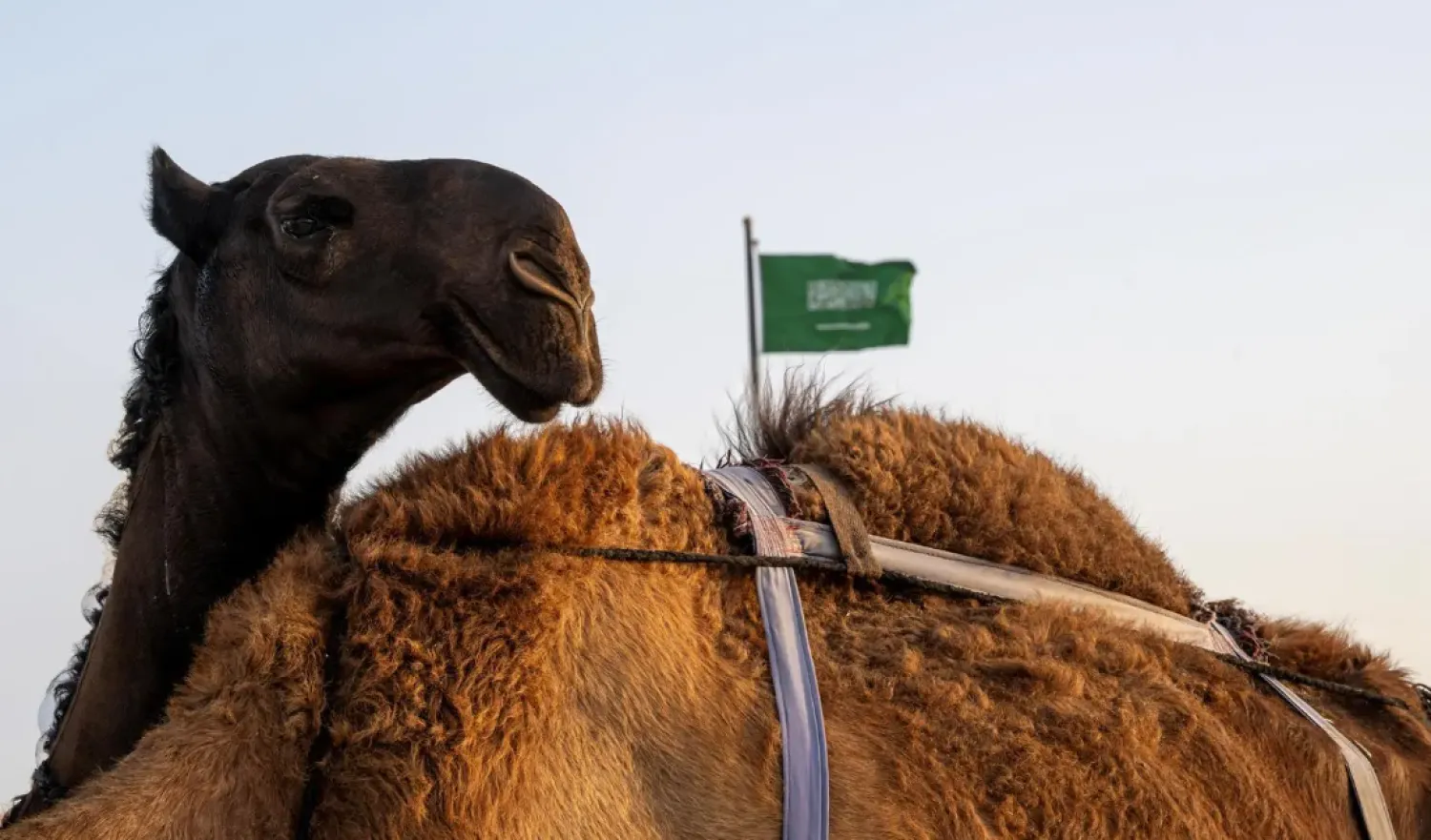Artworks by Yoshitomo Nara go on display in London this week in what organizers say is the largest European retrospective of the Japanese artist.
The show, running at the Hayward Gallery by the River Thames, features more than 150 works - drawings, paintings, sculptures, ceramics and installations - nodding to the longtime influences of Nara's works including music, nature, the importance of home and the peace movement.
"This is about 40 years' worth of my work," Nara told Reuters at a press preview on Monday.
"When I look at my work, I don't think what I'm trying to say has actually changed in that time. Whatever period I look at reflects a part of myself, which is why this exhibition is not done chronologically."
Nara, 65, is best known for his portraits of child-like characters with big gazing eyes.
"I think all the pictures I've created are like my reflections," he said when asked about them.
On display are plenty of those kinds of paintings and drawings as well as sculptures.
"Anything goes," says Nara, who was born in Aomori Prefecture in northern Japan and lived in Germany early in his career before moving back home, said of his creative process.
"I don't think about what I'm doing, but when I've done something good, I can feel the reason behind it almost like a kind of hindsight."
The show is an expanded version of a touring exhibition previously put on at the Guggenheim in Bilbao and Museum Frieder Burda in Baden-Baden.
"What’s quite interesting, I think, for audiences in London and in Europe overall (is)... we don't actually get to see Nara’s work in person that often," exhibition curator Yung Ma said.
"We’ve all seen his paintings and drawings on our devices...but I think all these kind of images, they don't do the works justice. So it's actually quite important to come and see because you can actually then understand (that)... he’s a really good painter...but you can actually really see the texture of the works and the colors and the layering of the paint."
The exhibition runs from June 10 to August 31.









